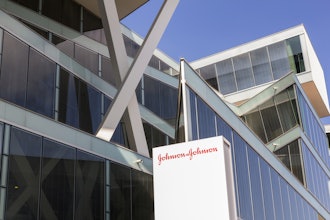When last we heard of electric vehicle startup Faraday Future, the now California-based company had just received a somewhat suspicious infusion of $1.5 billion.
That was actually explained earlier this summer when it was unveiled that the Chinese real estate firm Evergrande Group had purchased a 45 percent stake in the company for $2 billion. Prior to that, the company had made headlines by fleeing an unfinished, billion-dollar facility outside of Las Vegas, piling up huge debts, facing claims from unpaid contractors, and a wildly unsuccessful prototype unveil at CES in January 2017.
Seemingly impervious to this onslaught of obstacles, and a growing number of electric vehicle competitors, Faraday recently announced that its’ FF 91 is on track to make its first deliveries in December of this year.
The company, which is owned by Chinese billionaire Jia Yueting, has unveiled images of an FF 91 body-in-white, which is an auto industry term used to describe a finished body frame without any paint, trim, interior or mechanical components.
Before you scoff, actually, scoff away, Faraday Future is definitely worthy of your pessimism.
However, the aluminum body being presented does represent the first step towards mass production. And the company offered details on the use of advanced manufacturing processes like cold metal transfer welding, Flowform screw technology for the uni-directional joining of sheet metal, and Flexweld resistance element welding for joining aluminum and steel.
Faraday also used a new line of wireless, transducerized torque tools in placing more than 1,500 self-piercing rivets. While these tools, which feature an embedded sensor to ensure greater accuracy and precision are not new, the wireless functionality is early adopter stuff.
This would be the type of thing necessary when trying to successfully build a $200,000 all-electric sports car with a 0-60 mph time of under three seconds, and range of over 300 miles on a single charge.
Production is currently taking place in a former Pirelli tire factory about 200 miles north of Los Angeles.






















